A sunken British frigate rumored to be carrying gold to pay the troops? Sounds a lot like the HMS Hussar which sunk in New York in 1780. This more recent discovery is the British storeship Prince, which sank in the Black Sea in a heavy storm in 1854 during the Crimean War. Like the Hussar, the rumors of gold are likely no more than rumors. The HMS Prince has been often confused with the steamer Black Prince. The steamer did carry gold, while there is no record that the Prince ever did.
Storm-sunken “treasure ship” found in Ukraine
Continue reading

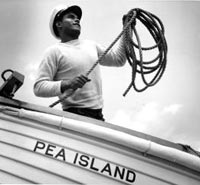
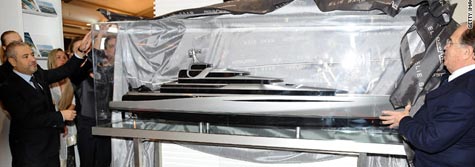

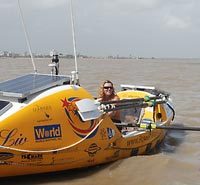 Last December we
Last December we  One salty dog, indeed. Thanks to
One salty dog, indeed. Thanks to  Some call today
Some call today 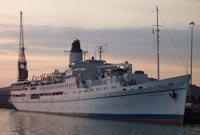 The 58 year old,
The 58 year old,
 A few updates on previous posts: The USNS Comfort, the
A few updates on previous posts: The USNS Comfort, the 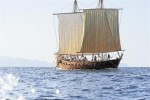 The
The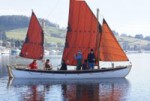 Last September,
Last September, 
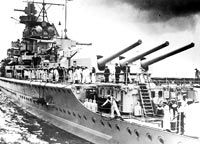 There is an interesting ongoing conflict over the salvaging of the German pocket battleship
There is an interesting ongoing conflict over the salvaging of the German pocket battleship 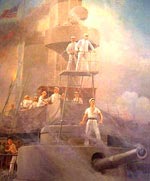 Dewey on the Olympia at Manila Bay
Dewey on the Olympia at Manila Bay
 In early February we
In early February we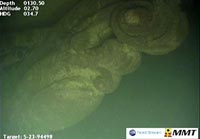
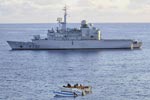
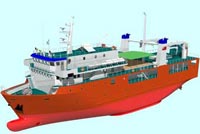
 Over the weekend, the Great Maui Whale Count spotted 1,208 humpback whales. More of a snapshot than a census, the watchers counted 676 pods or groups of whales, with an average of 214 pods or groups sighted per hour.
Over the weekend, the Great Maui Whale Count spotted 1,208 humpback whales. More of a snapshot than a census, the watchers counted 676 pods or groups of whales, with an average of 214 pods or groups sighted per hour.